专注于SF6气体检测的专业化

Why check the SF6 gas density relay?
SF6 switch is a high voltage appliance widely used in power system. The reliable operation of SF6 switch has become one of the concerns of the power supply department. SF6 gas density relay is an important component used to monitor SF6 gas density change in SF6 switch body. Its performance directly affects the safety of SF6 switch operation. SF6 gas density relays running in the field often have inflexivity and poor contact after a period of time due to infrequent action, and some also have poor temperature compensation performance of density relays. When the ambient temperature changes, SF6 density relays often misoperate. Therefore, DL/T596-1996 "Preventive Test Procedures for Power Equipment" stipulates that each SF6 switch user should regularly check the SF6 gas density relay. From the actual operation situation, it is also very necessary to check the SF6 density relay and pressure gauge regularly in the field operation.
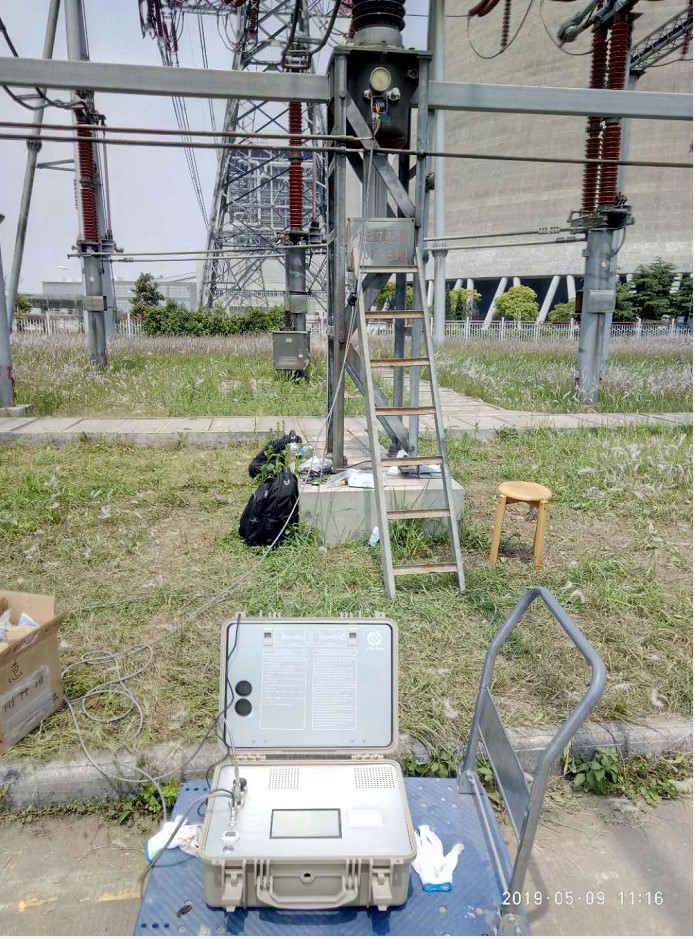
The SF6 gas density relay, like other manometers, will have a certain drift in its alarm and latching values after a period of use; In addition, because the contact action of the density relay is not frequent, the contact action may be insensitive or ineffective. If not inspected, there is a security risk. Density relay quality problems exist for the following reasons:
Its vibration resistance is not enough, after the strong impact of the switch closing, the pointer is stuck, the contact will never fail (no action or always action), and the deviation exceeds the standard.
Due to oil leakage, its vibration resistance is reduced, and after the strong impact of switching and closing, the pointer is stuck, the contact will never fail (no action or always action), and the deviation exceeds the standard.
Because the commonly used relay contacts are magnetically assisted electrical contacts, the closing force of the contact itself is small, the time is slightly longer, and the contact will be blocked or the contact is unreliable when the contact is oxidized. For the oil-free type, magnetically assisted electric contact contacts are exposed to air and are very prone to oxidation or dust accumulation.
Its contact is easy to contact poor or impassable; For the oil-filled type, the magnetic-assisted electric contact contact is immersed in silicone oil, but for a long time, after several moves, its contact performance will decline, and the oil film has an insulating effect, and the contact will also be poor or blocked.
Due to its own manufacturing quality problems, there is inaccurate temperature compensation, and the error is seriously large (overcompensate or undercompensate).
Due to insufficient aging or material problems, after a long time, it will drift, and the accuracy will be seriously large (the stress is not eliminated).
Due to design defects, there will be failure at low temperatures (never operate).
Due to design defects, the action and display value will be seriously deteriorated at high temperatures.
For relative cavity type density relays, due to internal or external reasons, the standard cavity will leak air, there is a large error in the operation value or failure.
Due to the severe vibration during transportation, the relay will fail and the accuracy will deteriorate.
Due to the quality problems of the components, the time is slightly longer, which may cause relay failure and poor accuracy.
Because the housing vent is not loosened, or the housing sealing problem, the internal pressure of the housing changes, so that the accuracy changes.
Due to the erosion of rain or corrosive gases, the relay will fail and the accuracy will be poor.
Due to improper use, it will also affect use (poor installation position).
Due to process problems, the density relay will fail, or the accuracy will be poor.
Because the switch factory or relay in order to reduce costs, choose inferior products or components.
Electrical performance: insulation problems.
Sealing performance.
In a sealed container, SF6 gas pressure at a certain temperature can represent SF6 gas density. In order to be unified, it is customary to take the pressure of SF6 gas at 20 ° C as the representative value of its corresponding density. Therefore, SF6 gas density relays use the pressure of SF6 gas at 20 ° C as a scale value. During on-site verification, the measured pressure value should be converted to its corresponding standard pressure value at 20℃ under different ambient temperatures, so as to judge the performance of the SF6 gas density relay.
The following is Weavers WINFOSS-A21 type SF6 gas density relay calibrator in Huaneng Chaohu Power Generation Co., Ltd. 220kV column circuit breaker test test analysis record to analyze whether the SF6 density relay qualified:
The WINFOSS-A22 SF6 density relay calibrator developed by Weavers is a fully automatic and intelligent SF6 gas density relay calibrator. Using embedded microprocessor, the calibrator can verify the performance of various SF6 gas density relays, normal temperature pressure gauges and P20 pressure gauges. The calibrator can be used for the production, maintenance and monitoring of SF6 gas products, especially for power systems, and provides convenience for the production and safe operation of SF6 electrical products.
Huaneng Chaohu Power Plant adopts LTB245E1 SF6 gas insulating column circuit breaker from Beijing ABB High Voltage Switchgear Co., LTD., which was produced in November 2007 and officially put into operation on site in 2008. SF6 gas rated working pressure (absolute pressure) : 0.700MPa, alarm pressure (absolute pressure) : 0.620MPa, locking pressure (absolute pressure) : 0.600MPa. SF6 gas density relay adopts ABB supporting mechanical pointer type single alarm, double lock type dry SF6 gas density meter.
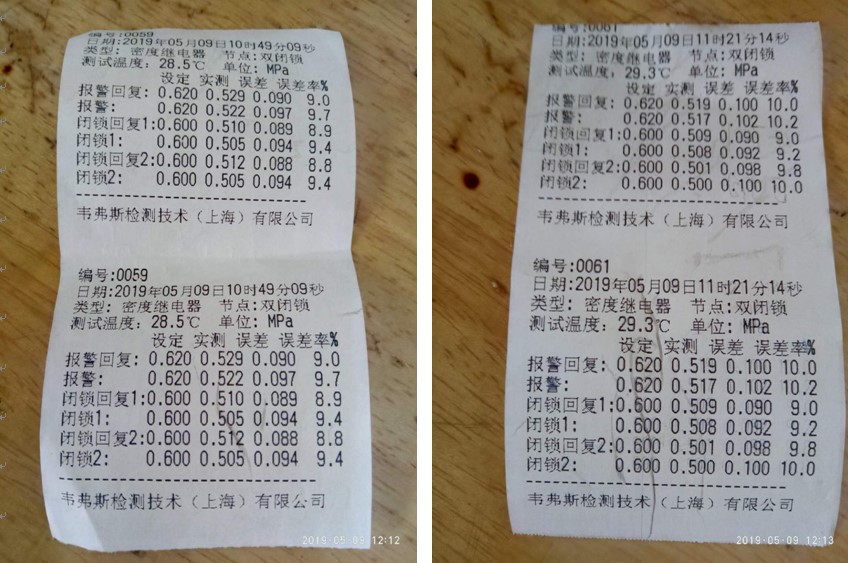
The analysis results of this test report are based on the field calibration work of 9 SF6 density relays in 3 GIS equipment (#1 main transformer high voltage side 4701 switch, #1 start/backup high voltage side 4707 switch, 220kV Juzhao 4785 switch) in the substation from May 7 to 10, 2019.

 EN
EN






 上一条:
上一条: 
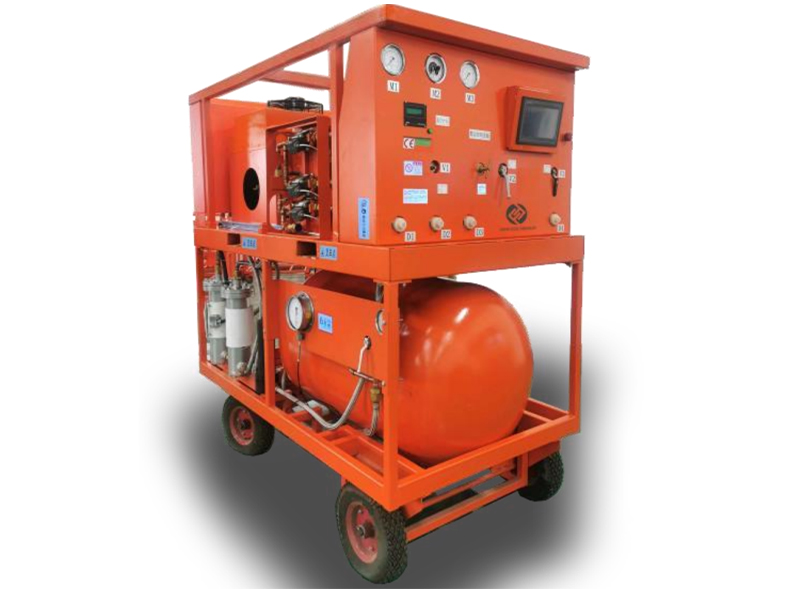
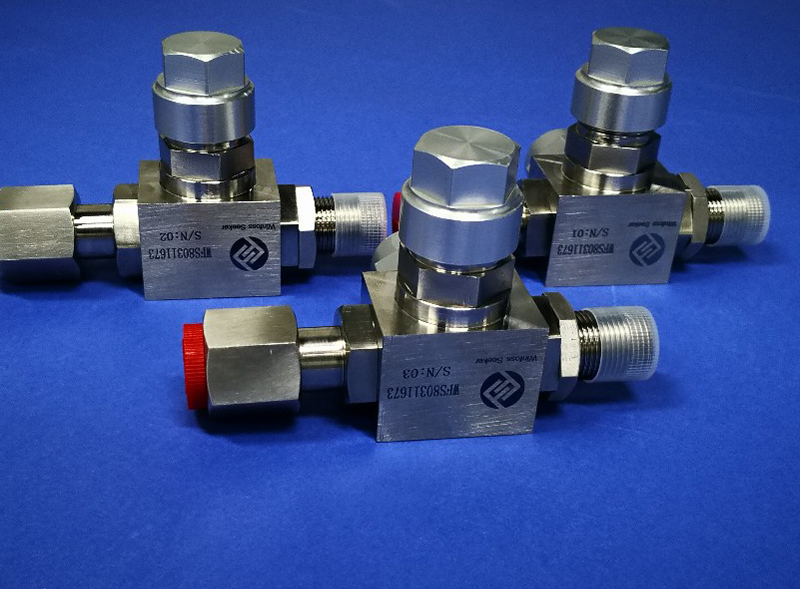
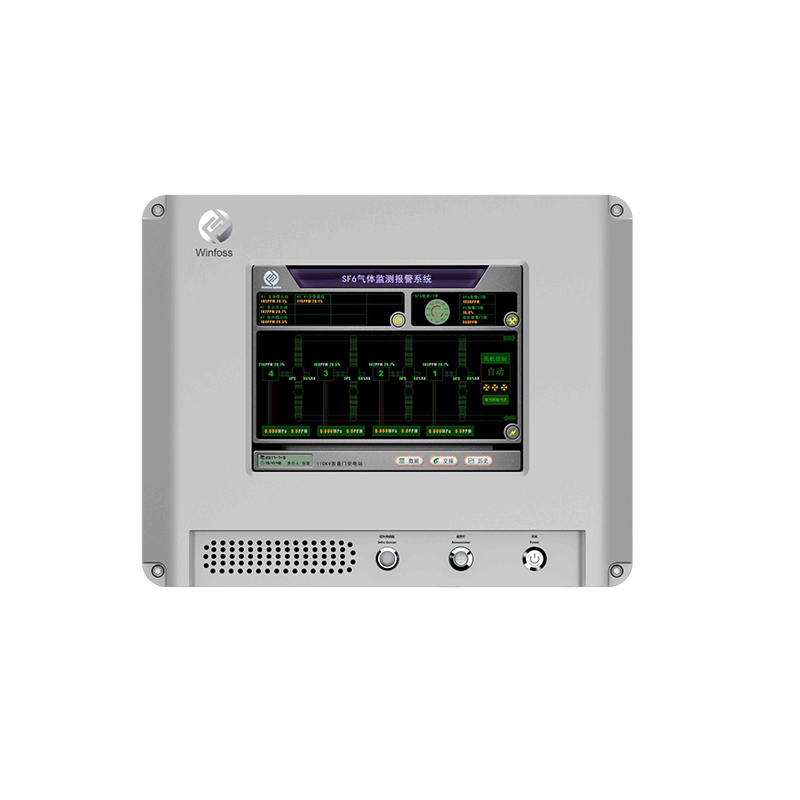
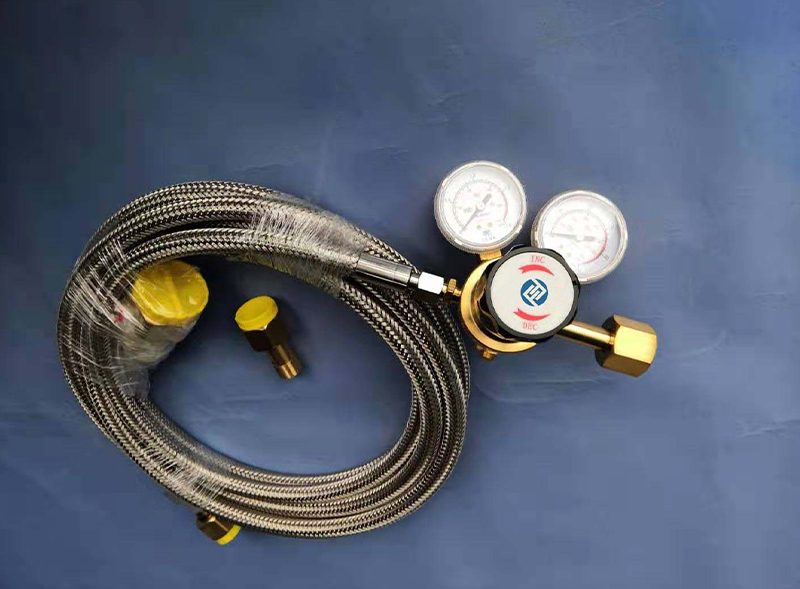
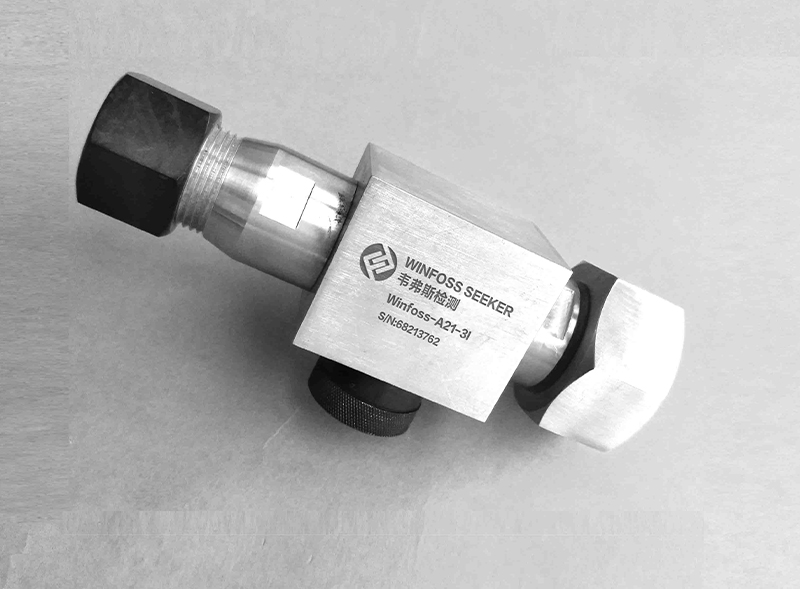
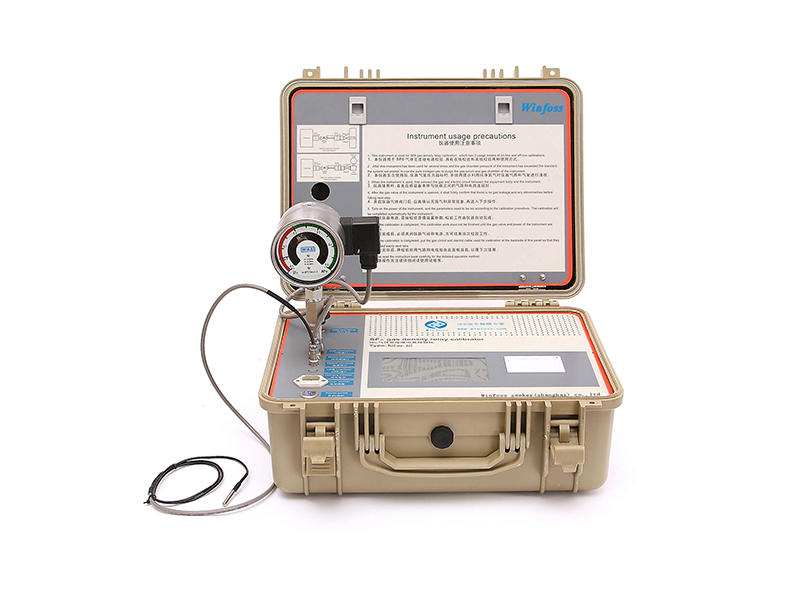
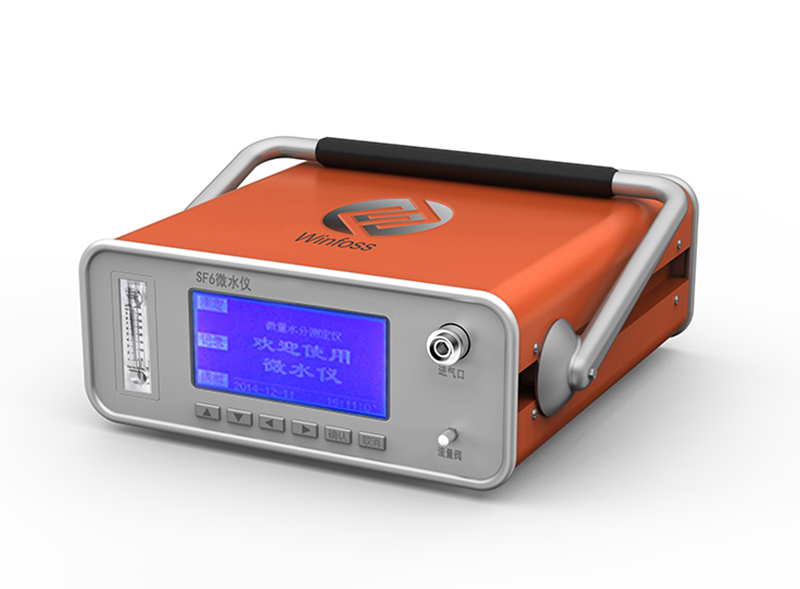
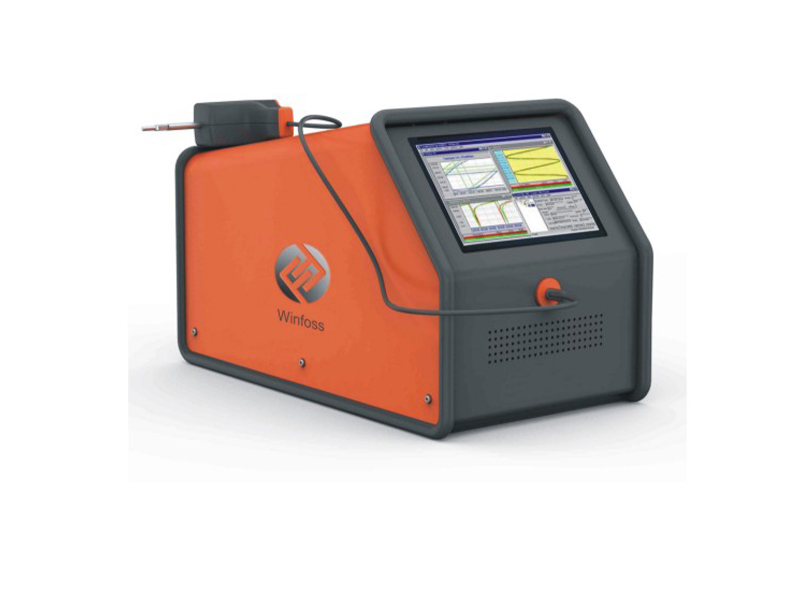

 沪公网安备31011802003762
沪公网安备31011802003762
